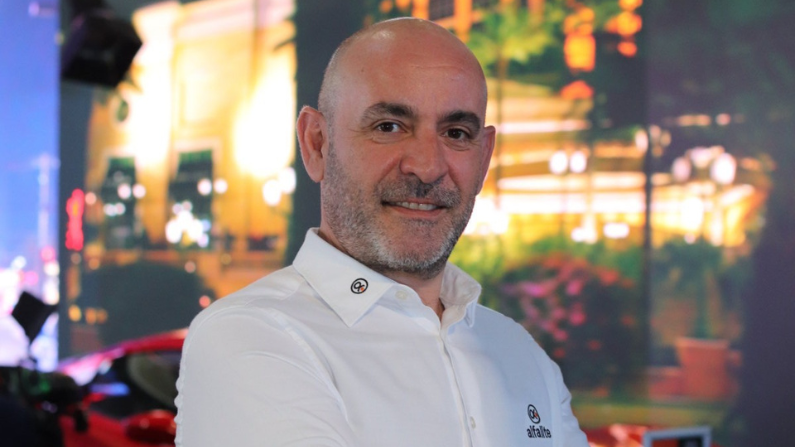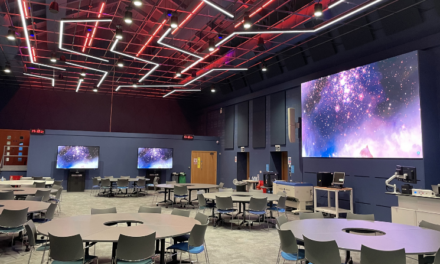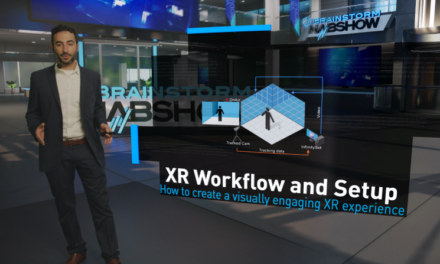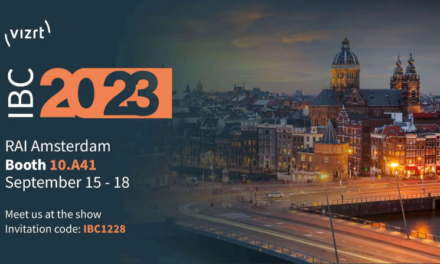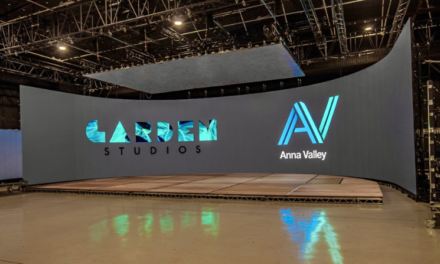In this opinion article, Luis Garrido Fuentes, managing director of Alfalite*, sheds light on the technological features that make an LED display suitable for XR Virtual Production environments, as well as warns about the possible risks that buyers may face in the market.
We are going through a time when more and more companies in the broadcast, fiction production, advertising, eSports, corporate and education markets see virtual production as a tool to achieve their ambitious goals. However, it is necessary to emphasise that not everything is acceptable, but that it is necessary to work on a very specific electronic and mechanical design.
Whatever the target market for virtual production technologies, this environment is defined by having a camera system and graphics generation in between. These will be supported by graphics systems that launch content in real time, which, in combination with synchronised tracking solutions, will allow cameras to take advantage of the benefits of virtual production. It will be at this point that the reliability of the LED screens purchased will become clear. Either they have an electronic design developed to offer an absolute reduction of unwanted artefacts such as moiré or flickering, or the amount of aberrations that will appear in camera will absolutely limit the creativity of broadcast production managers or directors of photography. These profiles should not be concerned with technology, but with creativity.
On a mechanical level, it is very important that a specific mechanical design is executed for virtual production environments. Most LED walls are curved, 99% of which are concave. It is necessary to have effective chassis and designs so that the curve is smooth and the angle of the straight panels that make up this particular polyhedral curve is not noticeable.
Critical pillars when choosing an LED display for virtual production and XR
In addition to the elements described above, there are a number of specific characteristics of LED screens for virtual production environments. The brightness must be higher than 1,500 nits for the LED wall and 6,000 nits for the LED Ceiling and LED Totems. This will help to avoid some of the artefacts described above by running the screen at a shooting brightness of around 250-300 nits. It is also necessary to have electronics designed to maintain the colour temperature of the LED wall regardless of whether the brightness varies depending on the scene being shot, and it is essential to have a design that does not contain wires to connect the different parts of the panel such as the power supply, hub PCB and modules. Systems must be built with direct and redundant connections, eliminating points of failure to deliver a reliable product in a demanding environment such as a film set.
Other keys for the LED world in XR Virtual Production environments are the need for the multilayer coating on the face of the LEDs to offer a high level of contrast and pure blacks; to be able to work with a colour spectrum greater than 86% coverage of REC.2020; to have a frame rate greater than 240 Hz; to have a refresh rate greater than 7,680 Hz; to operate with at least a 1/16 sweep frequency; or to have a low power consumption, where the average power consumption per panel at 350 nits of brightness is no more than 35W.
Beyond these features, there are two critical elements to take into account when making the decision. The most fundamental is to have a very efficient and specific electronic design to achieve an almost absolute reduction of moiré, but a second key is related to the pixel pitch, which is often between 1.5 and 2.6 in these environments. In these environments a standard SMD (Surface-Mount Device) type of technology is used, but there is a problem: with such a small pixel pitch, all the LEDs are very exposed in the corners and sides of the panel, leaving them unprotected and potentially causing incidents in processes such as assembly and disassembly, or changes of props. In this sense, it’s crucial that LED panels incorporate a layer protection that provides high protection against shocks and liquids, optical properties that offer up to 175 degrees of viewing angle horizontally and vertically, while maintaining its colourimetry, image quality and brightness, also offering dissipation properties and protection against fire, as well as an efficient and fast repair process.
Lies in the process of screen choice
Paper bears all things. But the reality is that many of the data defining displays on the market are anything but accurate. For example, if at any given time a user needs a frequency rate of 11,520 Hz, it will be stated in the specifications. Whether that specification is met is another matter.
Asian manufacturers understand business in a completely different way to us, a European manufacturer whose 17 years of experience make us more demanding than our own customers. This obliges us to be the first to be interested in the existence of a Minimum Law in terms of quality and reliability of the screens. In fact, when the customer analyses the LED technology to be chosen, we always encourage the customer to have each of the bidders tested in audits carried out by independent consultants or laboratories. Many times, it has been proven with reports that they do not comply with those specifications stated in the documentation, or even situations where it has been found that they did not comply with CE certification. We are not talking about unknown manufacturers, but about world leaders in terms of volume of square metres manufactured and sold, and even listed on the stock exchange.
It is very important that the customers stand up for themselves and are aware of their rights. Otherwise, it is possible that an already high investment can be turned into a real torture due to issues and poor support, coverage and maintenance. LED technology in virtual and XR productions offers all sorts of possibilities, but it is vital that customers, whether direct users or rental companies, use all the tools at their disposal to ensure they are making the right purchase.
* Alfalite is the only European manufacturer of LED screens

